The Compressor is based on a highly popular compressor that was originally introduced in the mid-1970s. This compressor is still widely used in recording studios around the world. Its circuit design includes some unique features, such as true RMS level detection for more accurate response to the human ear, and feed-forward gain reduction for extreme ratio settings and input signal tracking in order to determine the adequate attack and release times. The Compressor faithfully reproduces the characteristics and features of the original hardware, including its simple interface with only three knobs. However, the software version also offers additional features such as a side-chain input and parallel compression.
Compression
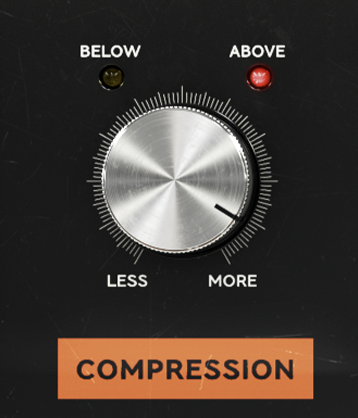
The Compression knob on this compressor works both as a gain control and a threshold control. If you increase the Input volume you will also increase the gain reduction, which makes it work sort of like a combination of a gain knob and a reversed threshold knob. You can drive the INPUT VU far into the reds without any unwanted digital clipping. Just make sure that the OUTPUT PEAK meter doesn’t indicate any clipping. (If it does, just lower the Output volume a bit.)
The Compression knob also works as a threshold control. More input gain will give you more gain reduction. If you drive the input volume so that the VU stars hitting the reds you will also add more distortion to the signal.
Ratio

Controls the ratio of the compressor.
Attack and Release
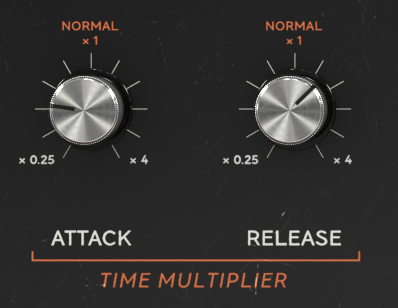
Use Attack and Release to control the time it takes for the signal to become fully compressed (Attack) and the time it takes to go from compressed state to original non-compressed signal (Release).
Input VU
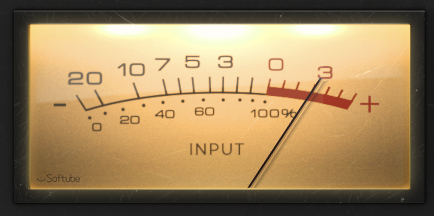
Gain reduction VU
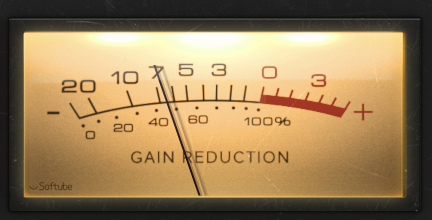
HF Make-Up
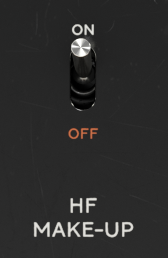
A common mix task is to compensate for a perceived high frequency loss caused by compression. With the HF Make-up we introduced a novel feature to reduce this phenomenon. When engaged, and when compression occurs, it will reduce the amount of high frequency compression in a dynamic way. It could be seen as a dynamic EQ, or multi-band compression, but is in fact more like a frequency dependent ratio, with slightly lower ratios for higher frequencies.
Stereo Link

Normally, a stereo compressor will have the same amount of gain reduction on both channels, regardless of the difference of the channels. This is to, for example, avoid having the entire sound field tilt to the left when a loud sound is heard in the right channel. But for mastering purposes, and lower gain reduction amounts, it is often very useful to decouple these two channels in order to preserve "depth" to the sound.
By engaging Link Channels, you'll get the "normal" stereo mode with linked gain reduction, as well as linked parameters. Set Link Channels to “off” and you get true, independent gain reduction.
Sidechain Punch
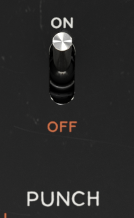
Adds a low-cut and high-boost equalizer to the audio signal that feeds the side-chain detector circuit. This is done to prevent low-frequency elements from dominating the action of the compressor, allowing mid- and high-frequency elements to have a greater influence on the compressor's behavior. This results in a more "punchy" sound with a stronger mid-range and well-balanced high frequencies.
Sidechain Filter
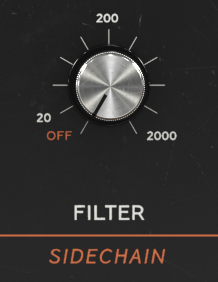
Use this to set how much bass the compressor should react to. Frequencies below the set frequency will be attenuated and will trigger the compressor less. Whenever you use the compressor on something with a wide frequency range, such as a drum bus, a mix or sub groups, experiment with the setting of this control.
External Sidechain
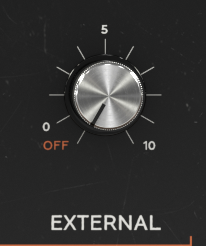
Engages the external sidechain input. Use the External Side Chain knob to set the input volume of the external signal (for instance the bass drum track). A higher input volume will lead to more gain reduction, just like the Input knob works without an external side chain.
Output

Adjusts the output volume. Keep a close look on the OUTPUT PEAK meter while adjusting the output volume to avoid unwanted digital clipping. It is good practice to keep the levels below 0 dB, even if you are using a (native) host that allows level above 0 dB.
Output Drive
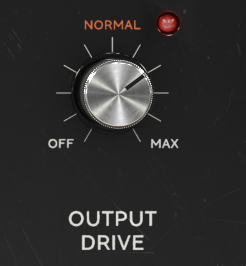
Sets the amount of Drive applied to the signal.
Dry/Wet
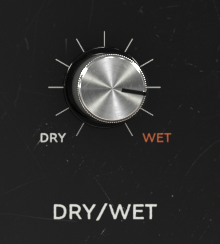
Controls the amount of dry and wet signal.
A whole range of added control can be accessed with Extended Features. Please see the separate "Extended Features" manual for more information.
Arvid Rosén, Oscar Öberg, Niklas Odelholm, Anton Eriksson and Fredrik Jansson – Modeling
Niklas Odelholm and Maxus Widarsson – Product concept
Niklas Odelholm – Graphic design
Maxus Widarsson – Product owner, manual, presets
Andreas Mood – Presets
Patrik Holmström – Framework programming
Johan Bremin – Quality Assurance
Ulf Ekelöf – 3D rendering